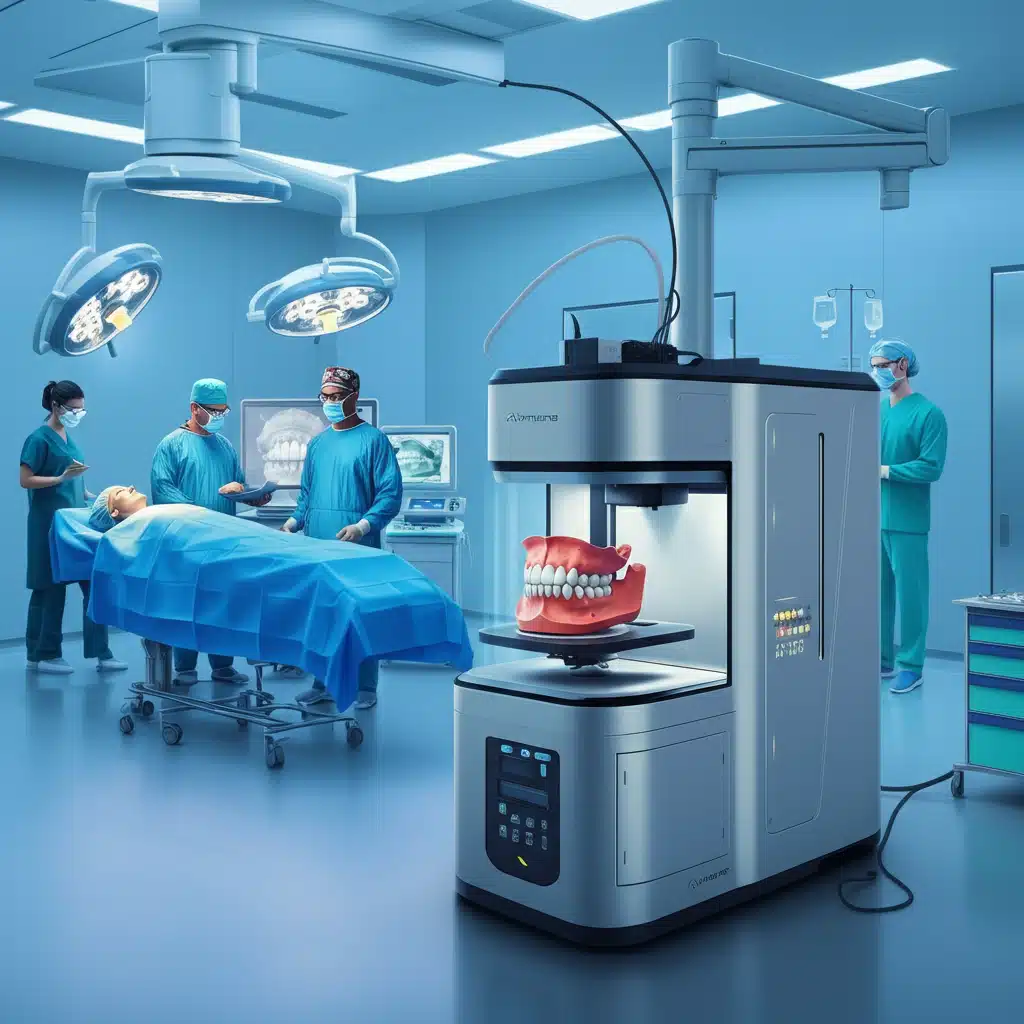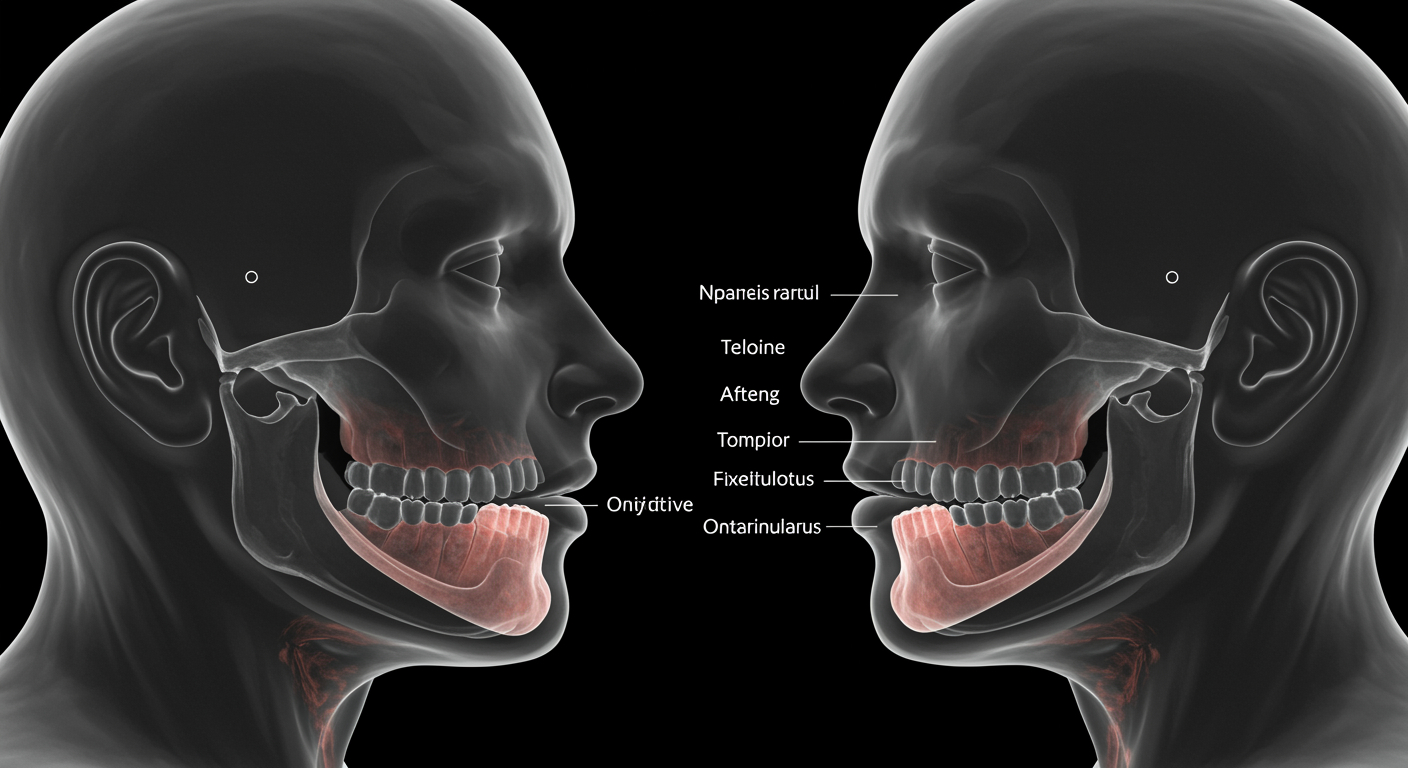Advancements in healthcare technologies are reshaping the way complex surgical procedures are performed. Among these, 3D printing and Virtual Surgical Planning (VSP) have emerged as groundbreaking tools, especially in the field of jaw or maxillofacial surgery. These technologies are not only enhancing precision but also enabling more personalized and efficient care for patients. Here’s an in-depth look at how they are revolutionizing jaw surgery, their applications, and the benefits they provide for both surgeons and patients.
Precision Through Virtual Surgical Planning (VSP)
VSP allows surgeons to meticulously plan each step of a jaw surgery in a virtual environment before making any incisions. Using advanced imaging technologies like CT or CBCT scans, surgeons can create a 3D digital model of the patient’s jaw. This virtual model is used to simulate the surgical procedure, making it possible to visualize and address challenges in advance.
For example, in orthognathic surgery to correct jaw misalignment, VSP enables the surgeon to map out precise bone cuts and movements to achieve optimal functional and aesthetic results. Surgeons can also fine-tune the jaw’s final position, ensuring improved bite functionality and facial symmetry. With this level of preparation, the margin for error dramatically decreases, ensuring greater accuracy during the actual surgery.
Customization Through 3D Printing
While VSP sets the stage with careful planning, 3D printing brings those plans to life by creating physical, patient-specific surgical guides, implants, and models. After designing a personalized surgical plan, the 3D printer can fabricate tools like cutting guides that perfectly match the patient’s unique anatomy. These guides direct the surgeon’s instruments during the procedure, ensuring that bones are cut and repositioned with millimeter-level accuracy.
Beyond surgical aids, 3D printing can also produce tailored implants used for jaw reconstruction cases involving deformities, trauma, or tumor resections. These implants offer a perfect fit for the patient, avoiding the inefficiency and discomfort of off-the-shelf alternatives.
Applications in Jaw Surgery
The applications of 3D printing and VSP span multiple areas of maxillofacial procedures. Some key examples include:
- Jaw Reconstruction
For patients requiring reconstruction due to trauma or disease, 3D-printed implants and bone plates restore functionality and appearance. VSP ensures the restored jaw aligns naturally with the rest of the facial structure.
- Orthognathic Surgery
Corrective jaw surgery often requires precise corrections to bone structure to improve both aesthetics and functionality. Combining VSP with 3D-printed surgical guides ensures predictable outcomes and faster recovery times.
- TMJ Replacement
When replacing the temporomandibular joint, patient-specific implants fabricated with 3D printing offer superior fit and longevity, reducing long-term complications.
- Tumor Resection and Reconstruction
For patients undergoing surgery to remove tumors from the jaw or surrounding areas, patient-specific implants built using 3D printing seamlessly fill the gaps, restoring both appearance and functionality.
Benefits for Surgeons and Patients
These technologies dramatically enhance the entire surgical process—from preparation to execution and recovery—by addressing many of the challenges inherent in jaw surgery.
- Reduced Surgery Time
With detailed planning through VSP and precise implementation using 3D-printed tools and implants, surgeons can significantly reduce the time spent in the operating room. Shorter surgery times lower the risk of complications and minimize the stress on the patient’s body.
- Improved Surgical Outcomes
The precision of 3D printing and VSP leads to better functional results, such as improved bite alignment, clearer aesthetic enhancements, and longer-lasting solutions for jaw-related issues.
- Personalized Care
These technologies emphasize patient-centered treatment. By tailoring surgical tools and implants to individual anatomy, they ensure higher comfort and satisfaction for patients.
- Enhanced Collaboration
VSP fosters better communication between surgical teams, orthodontists, and even patients. It’s easier to visualize and discuss case-specific details, creating a more collaborative approach to care.
- Minimized Postoperative Recovery
The pinpoint accuracy of these surgical aids translates to less tissue trauma during procedures, significantly cutting recovery times and improving the overall patient experience.
A Future of Precision and Customization
3D printing and Virtual Surgical Planning are more than just technological advancements—they’re a step toward a future where all aspects of jaw surgery, from diagnostics to recovery, are defined by precision, efficiency, and patient-centered innovation. For surgeons, these tools enable greater technical mastery, while for patients, they promise better outcomes and an improved quality of life.
As these technologies continue to evolve, they are set to leave an indelible mark on the field of maxillofacial surgery, ensuring that procedures once considered complex and unpredictable become routine and highly successful.





